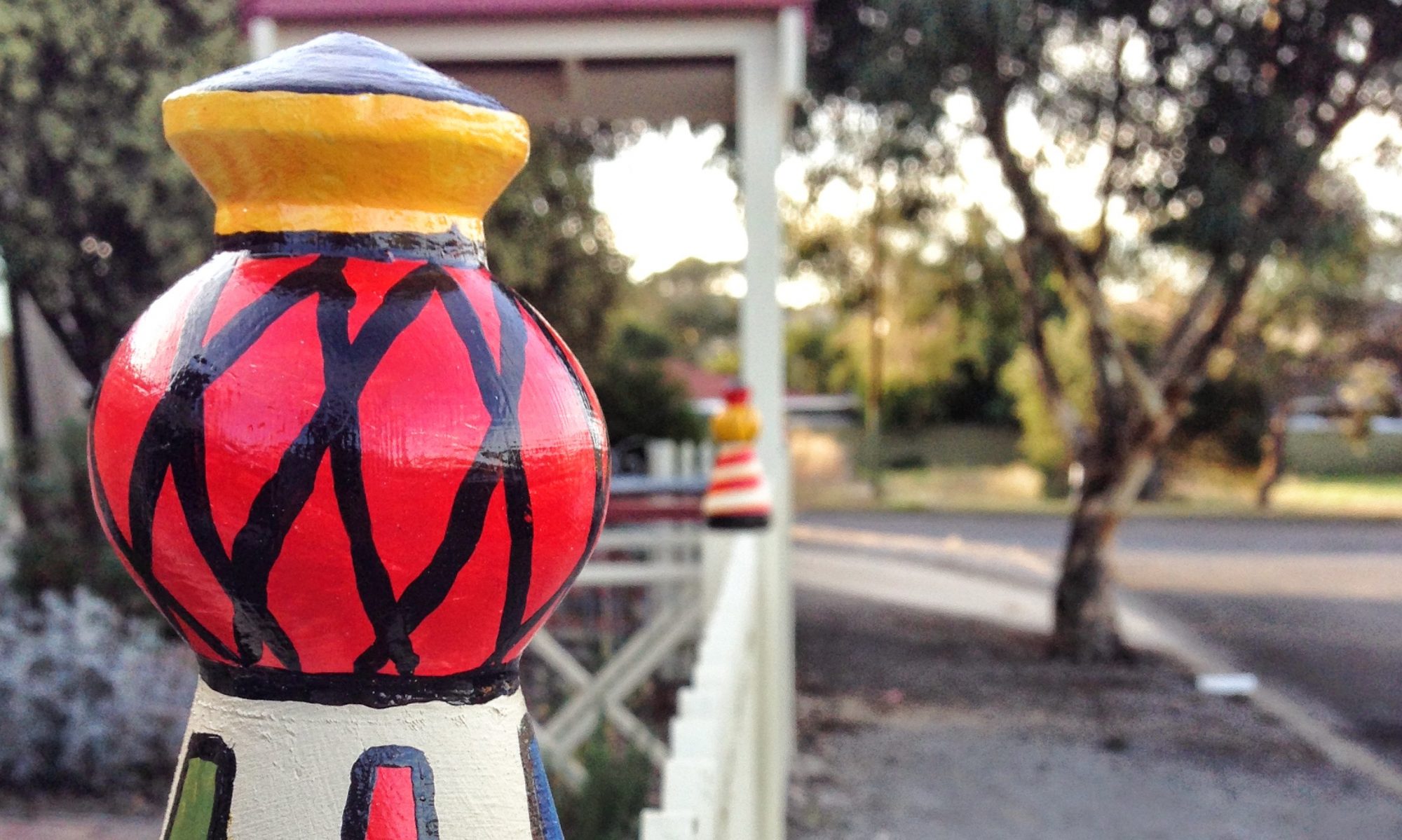This is my foray into Adobe Video editing software. I have been a long time user of Pinnacle Studio (PS) having used this application through several versions. Version 14 I decided to try something different and looked to Adobe Premiere Elements (APE). I only use video editing for home movies so I need an application that is relatively simple to use. APE offers some advantages PS mostly the ability to use multiple video and audio tracks. The interface is not too different but the means of achieving the same is quite different.
Editing is relatively straightforward as is adding audio. The addition of Smartsounds allows the generation of royalty free music to accompany your video. The DVD menu system works well but requires a great deal of manual input. Once all the menu and scene markers are added to the timeline the preconfigured menus pickup all the scenes. My first project in APE was one and half hours long . The program crashed a few times during the editing process. This proved frustrating as the most recent changes hadn’t been saved. I am running Windows 7 64 bit. The rendering of the video files took nearly 2 hours and occupied a 100% of the Core 2 Duo’s attention.
The results were satisfactory but I had to resort using online video tutorials to get the most of the program. I think for a complete novice to video editing the learning curve would be quite steep. On balance Pinnacle Studio is easier for the novice.

